Specialized mountain bikes - a comprehensive range overview
A guide to Specialized's range of mountain bikes, including cross country, downhill and everything in between

Specialized mountain bikes have been around almost as long as mountain biking itself. In fact, the first mass-produced mountain bike was the Stumpjumper, made by what, at the time, was a tiny little brand based in Morgan Hill, California. In the same way that the current Stumpjumper is completely unrecognisable when compared to its ancestors, Specialized itself has grown into a behemoth of the bike industry.
Now offering mountain bikes ranging from race-ready XC hardtails to downhill bikes that can climb back up a mountain without a chairlift, the brand has been at the forefront of the industry since that first bike.
Scroll down for an overview of each model offered by the Morgan Hill, California based brand.
Specialized XC mountain bikes
Why trust BikePerfect
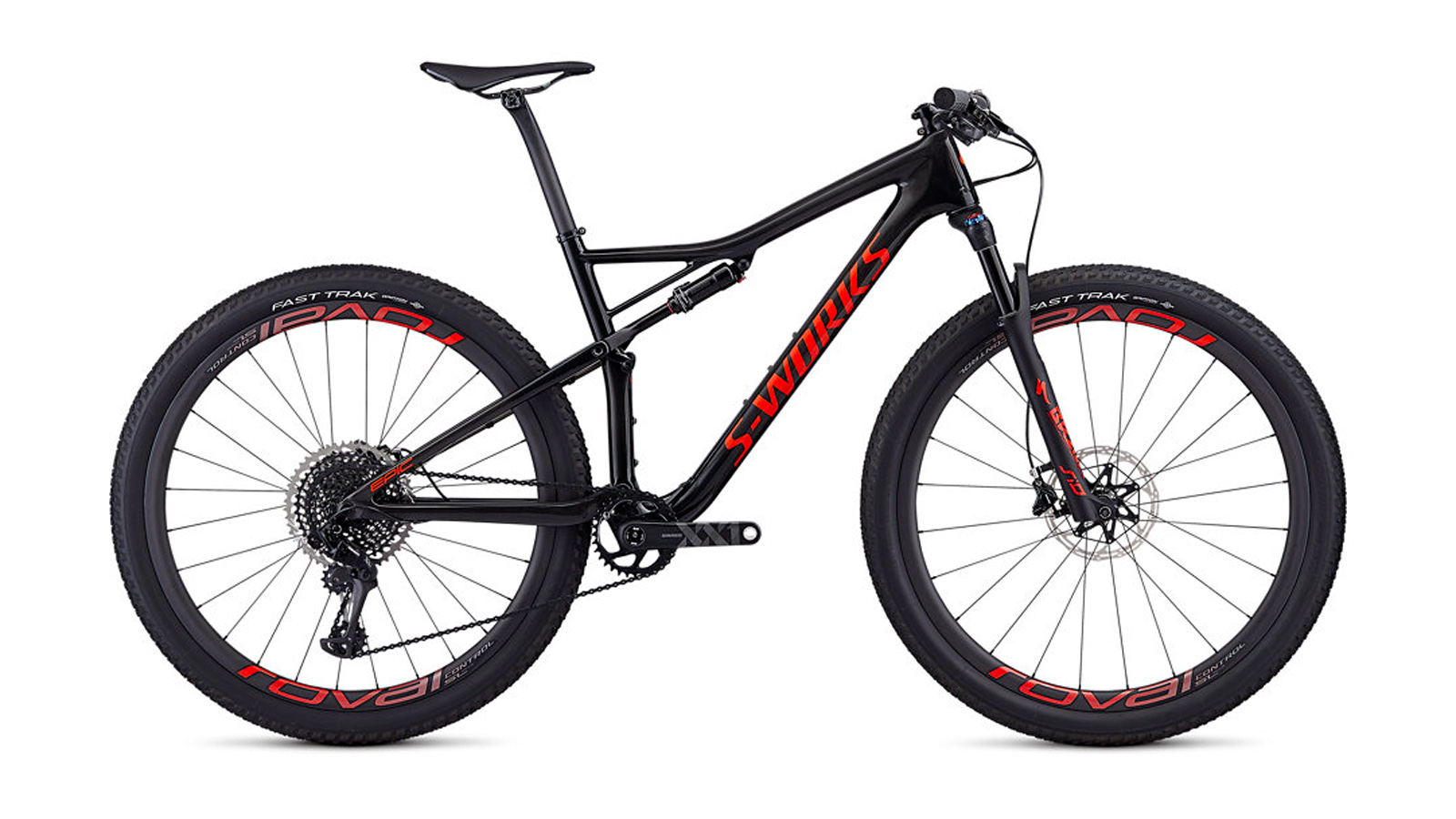
Epic
Specifications
Reasons to buy
Reasons to avoid
The Epic is Specialized's full suspension XC race platform. Punctuated by steep angles and 100mm of travel front and rear, it's a bike all about efficiency. With a new carbon layup said to be 39-per cent lighter (595g) than previous iterations, the geometry has gone a tad slacker (1.5-degrees at the headtube to be exact), the reach is longer too and is paired with a shorter stem and wider bars. Specialized has also made sure there is room for two bottles inside the frame.
Some models also get the Brain 2.0 smart suspension. The Brain suspension is essentially an inertia valve that locks out the suspension when you're pedalling but reacts to the terrain, tailoring oil flow based on the roughness of the trail surface. Specialized has moved the entire unit closer to the axle to make it more responsive, and altered oil porting and flow paths to reduce turbulence and provide consistent dampening. Specialized says the suspension team have also fixed the hose fitting that caused frame rub on previous iterations. At the back, the Epic sees fewer pivots, reducing weight and unwanted flex.
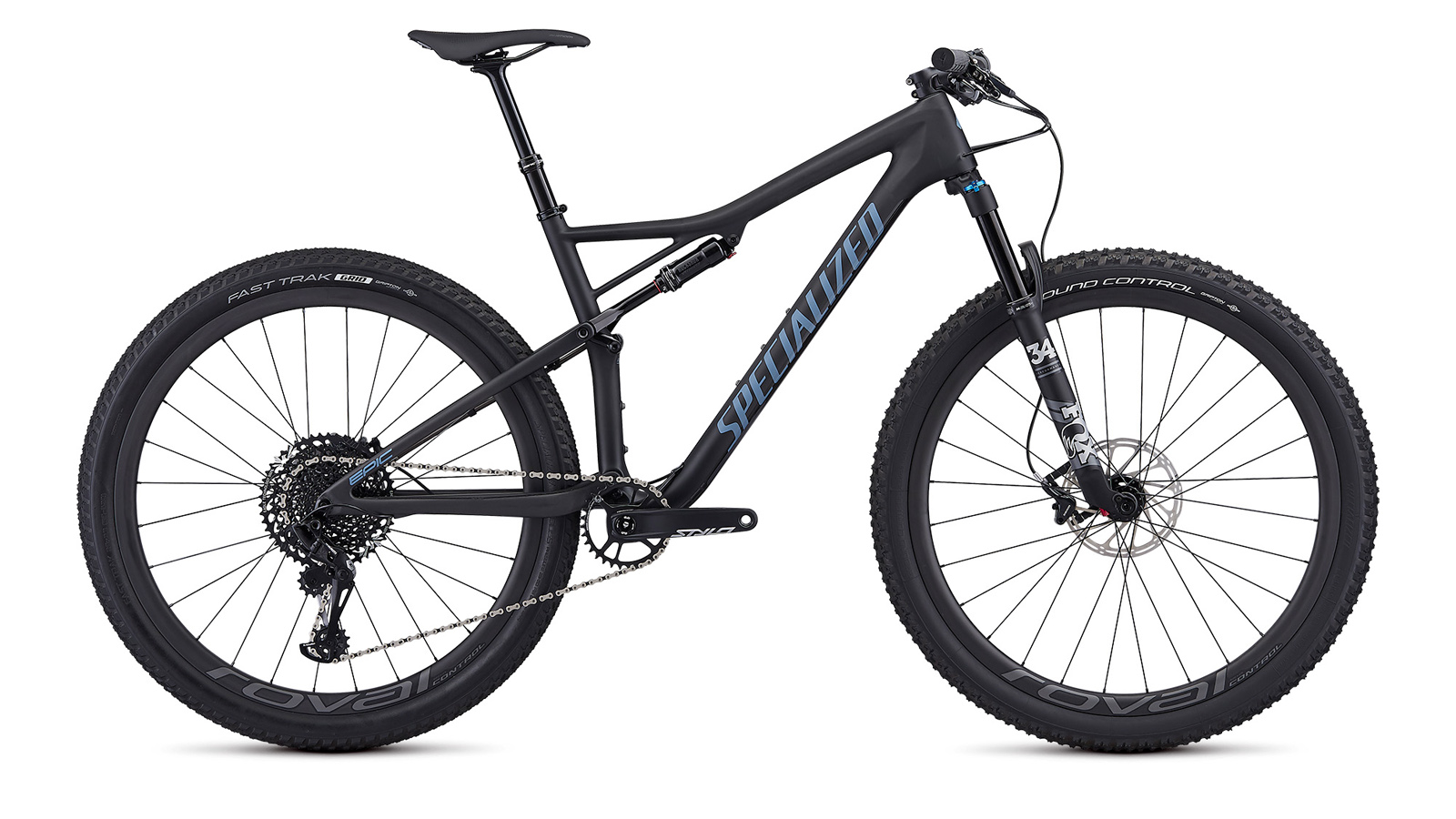
Specifications
Reasons to buy
Reasons to avoid
The Epic EVO is the fun family member of the straight edge dual-suspension XC race bike. The frame is identical to the Epic, but there are a few choice components that completely change the character
The first thing most people do to an XC bike nowadays is set up a dropper post, mount a set of wider tyres and bars and many even a longer fork.
With these upgrades becoming commonplace, Specialized decided to save you a step and offer the Epic Evo with a 120mm fork, 750mm handlebars and 2.3in tyres straight out of the box for those whose local trail network might be best suited to a shorter travel bike, or those who are looking for a fast, light and efficient bike that is comfortable in a party hat.
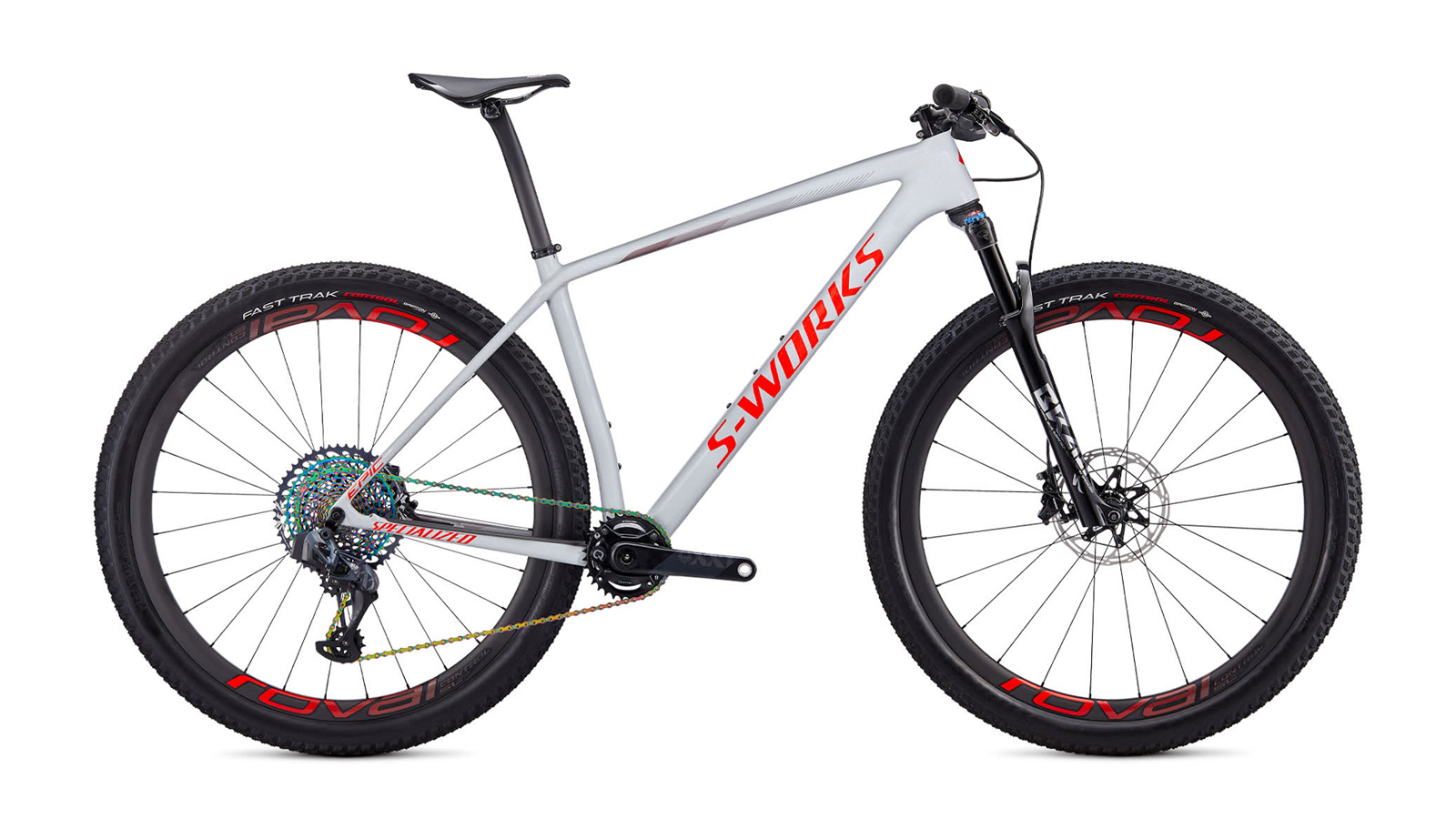
Epic Hardtail
Specifications
Reasons to buy
Reasons to avoid
While rear suspension is better than ever, for some racecourses there is no matching the efficiency and featherweight character of a hardtail.
The Epic has been re-designed for 2020 and takes some geometry cues from its full suspensions stablemate with a slightly slacker head angle (68.5 degrees), and a lighter-than-air frame claimed to weigh of 800g; thanks to a new carbon fibre resin mix and eliminating unnecessary overwrap in the layup process. Specialized also says the new layup is more forgiving over techy terrain thanks to smaller diameter seat stays and an arced seat tube.
The new Epic also gets more tyre clearance and a 30.9mm diameter seatpost, so if you'd like to run a dropper you are flush with options.
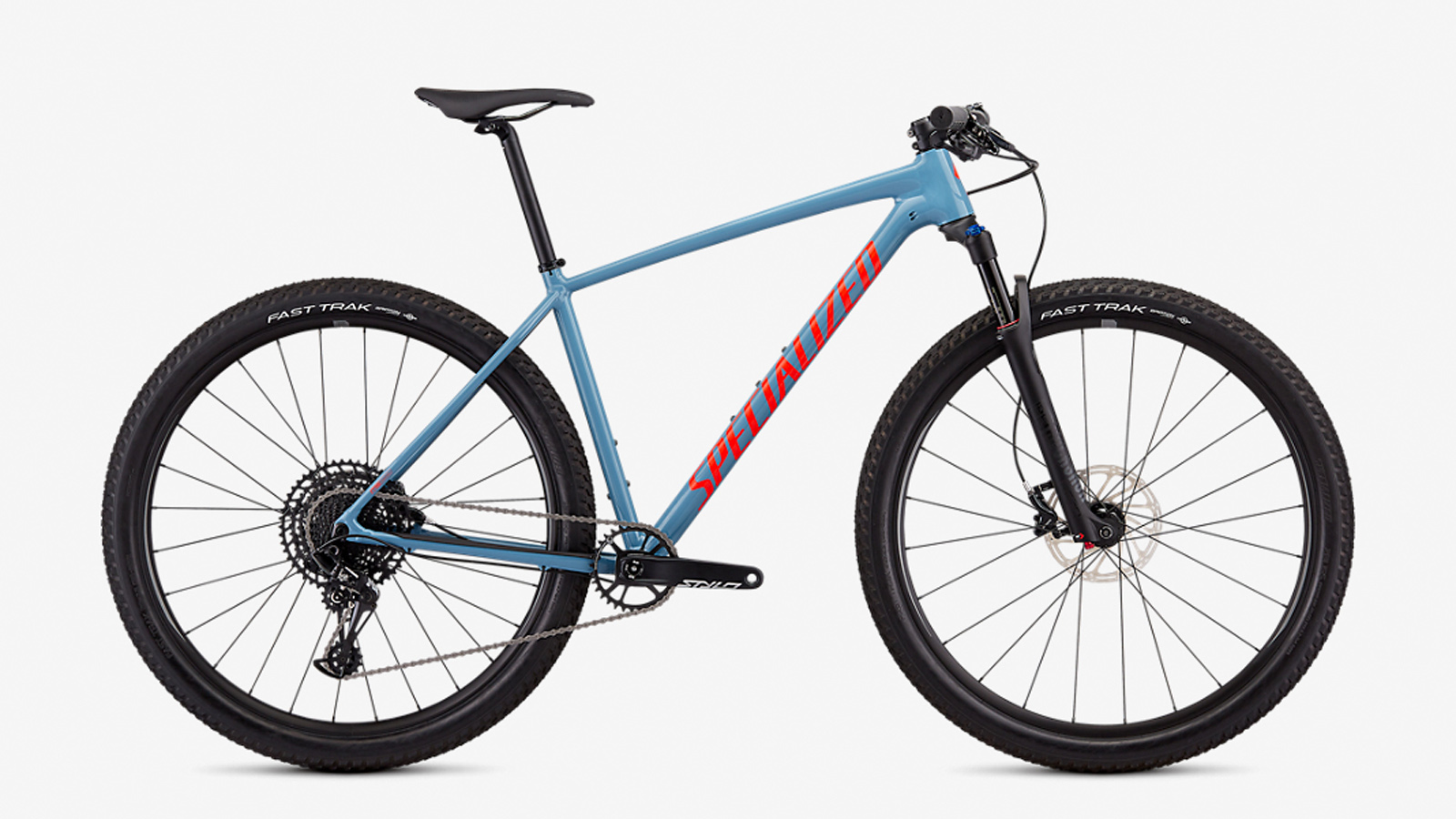
Chisel
Specifications
Reasons to buy
Not everybody has thousands to spend on a new mountain bike, and for beginners looking to jump in and explore their local trail network, the prospect of dropping the cost of a cheap car is a solid barrier of entry. Budget bikes are always a balancing act of using parts that will actually stand up to the abuse that comes with trail riding and price — the Chisel offers a quality frame, and air-sprung forks and 1x drivetrains all around.
The frame is made from the brand's M5 alloy utilising the brand’s Smart weld technology and the geometry follows the basis of the Epic but is a bit more relaxed with a slightly shorter reach. Still, similar angles to help novice riders find a comfortable yet confident position.
Specialized trail mountain bikes
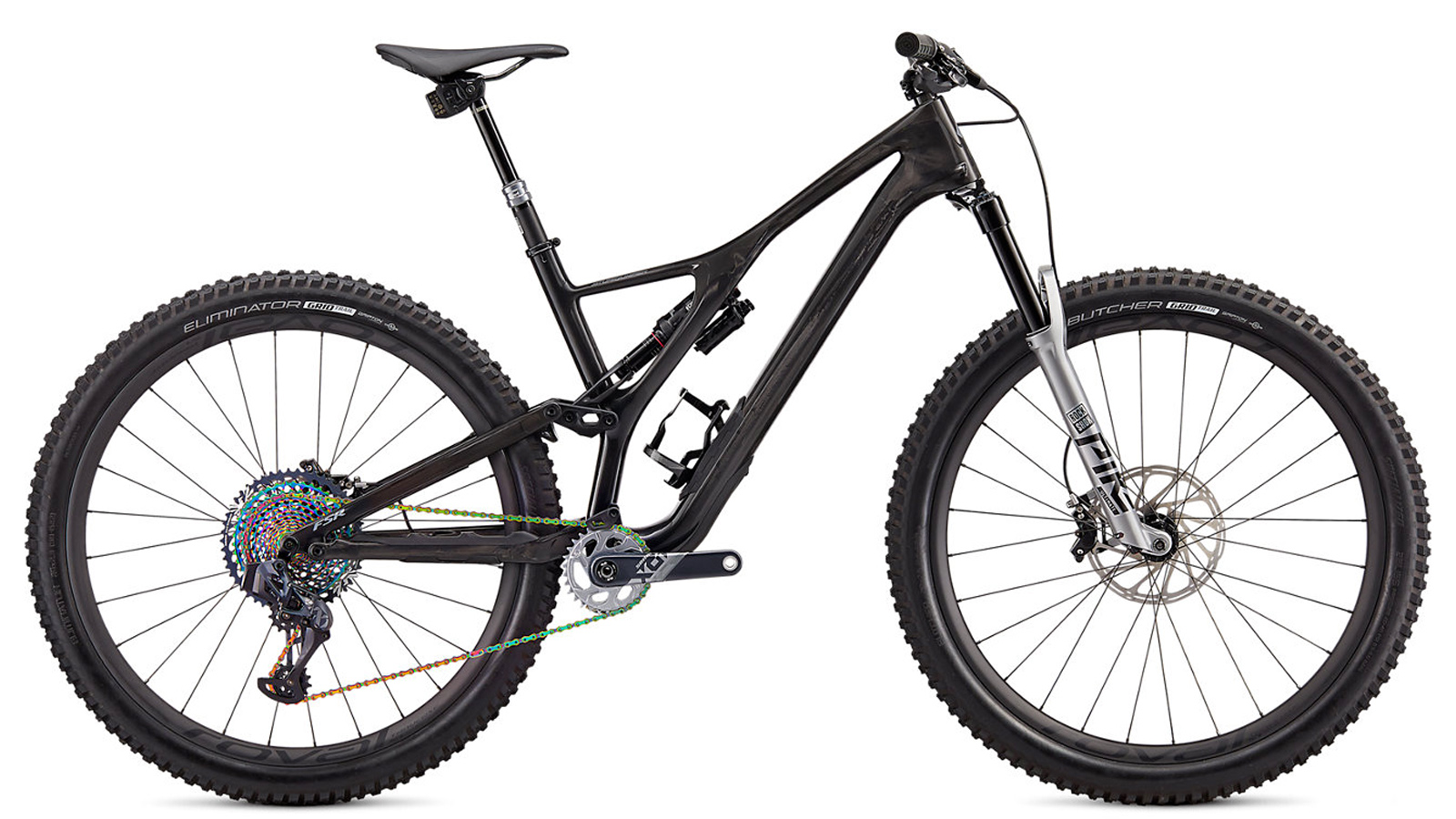
Stumpjumper
Specifications
Reasons to buy
Reasons to avoid
The Stumpjumper was the first mass-produced mountain bike to hit the market and has evolved from a steep angled XC race bike to a do-everything trail bike — well there are actually three of them; the Stumpjumper, Stumpjumper ST and Stumpjumper EVO.
The standard Stumpjumper features 140mm of rear travel mated with a 150mm fork and 29in wheels, while the smaller wheeled version ups the rear bounce to 150mm. The Stumpjumper borrows the asymmetric front triangle design similar to the Demo; the support arm on the drive-side adds stiffness to eliminate a small amount of flex in the frame which during compression creates a form of undamped suspension in the previous model. The rear triangle is carbon in the upper models and Specialized have integrated the SWAT box neatly into the downtube.
With a 66.5-degree head angle, 74.5-degree seat angle and reach of 425mm in a size medium the geometry isn't at the pointy edge of the bell curve but works well for steep and deep riding whether you're going up or down.
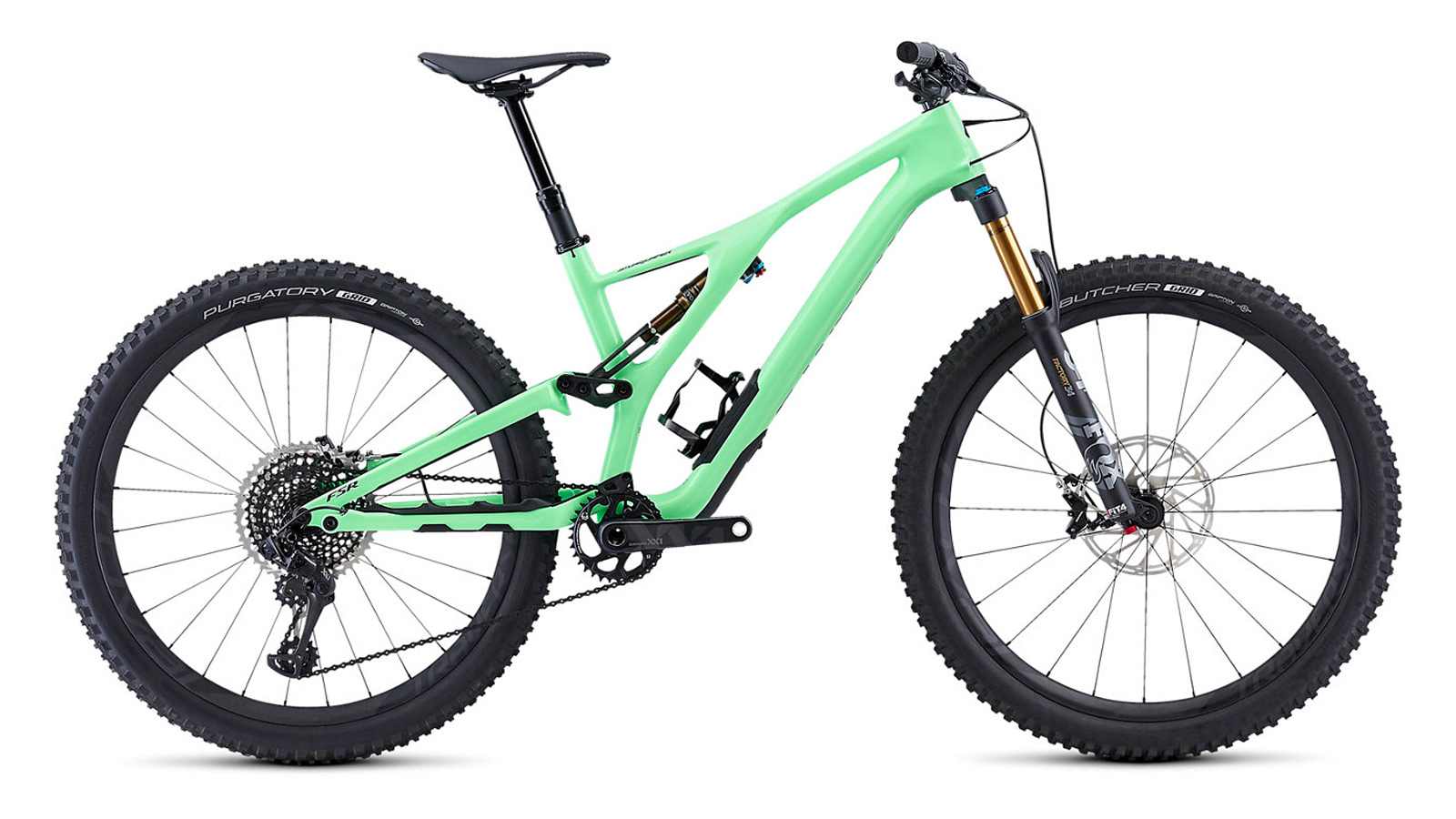
Specifications
Reasons to buy
Reasons to avoid
The Stumpjumper ST replaces the Camber in the brand's lineup, with a 120mm/130mm combo rolling on 29in wheels (130mm/130mm with 27.5) and serves as the brand's playful short travel bike.
The frame is exactly the same as the Standard Stumpy but the shorter fork steepens the head tube by a degree, lowers the front end and BB — the ST version is rocking a 67.5-degree head angle 75.4-degree head angle and a 435mm reach in a size medium.
The ST also uses a shorter stroke rear shock, however, a longer shock yoke that keeps the kinematics the same.
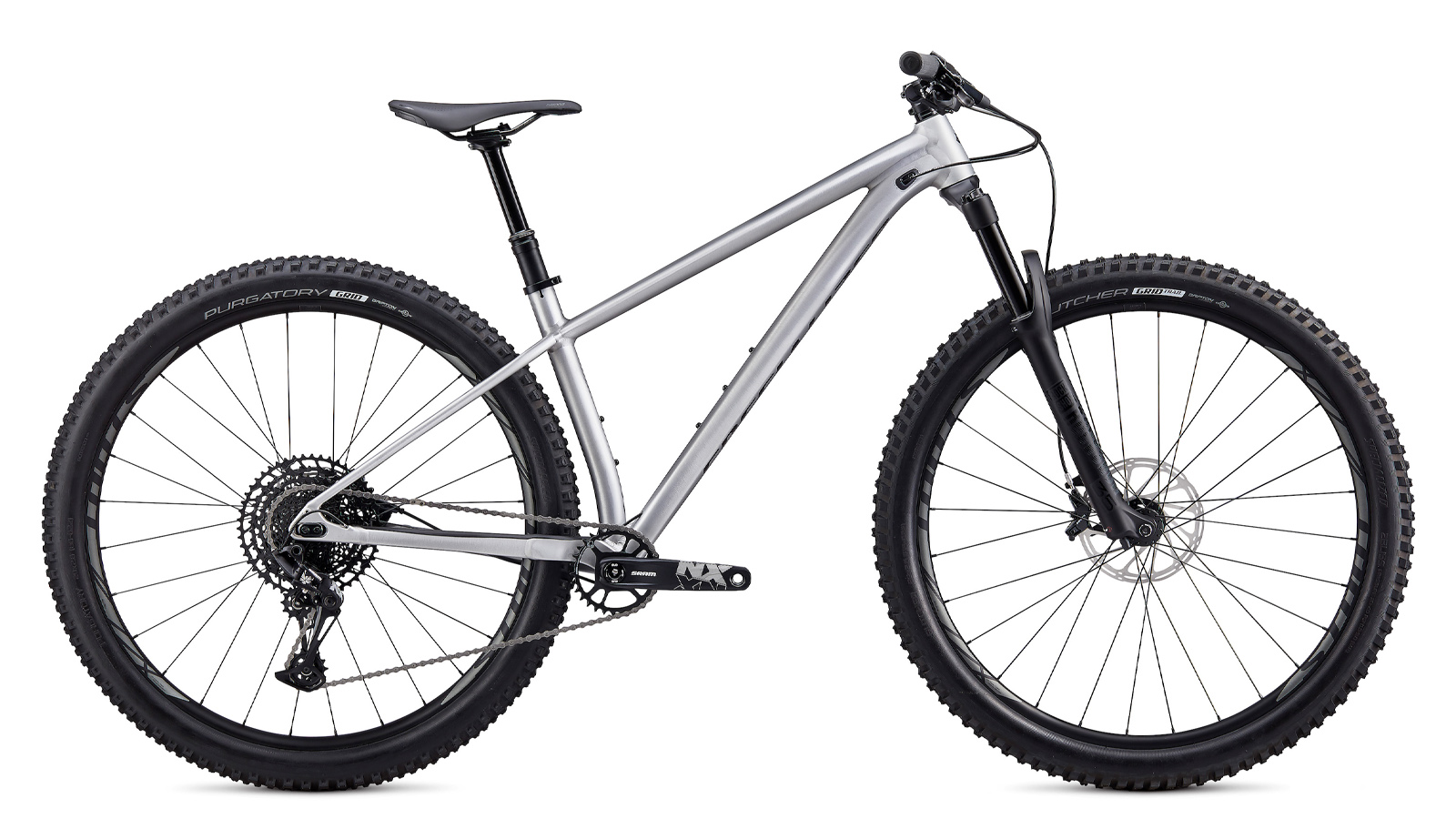
Fuse
Specifications
Reasons to buy
Reasons to avoid
The Fuse was revamped for 2019 to fill the space of the rowdy hardtail in Specialized's lineup of mountain bikes. It's exclusively available in alloy and sees a low top tube for heaps of standover height, short chainstays and a long slack geometry that spells fun.
It's available in 27.5in and 29in versions with the top end kit featuring a sliding dropout should you want to convert to single speed, or play with the length of the wheelbase to alter the handling.
The fork at the front offers 130mm of travel, every version comes with a 12-speed 1x drivetrain and has room for up to a 150mm dropper post depending on the size.
Specialized enduro mountain bikes
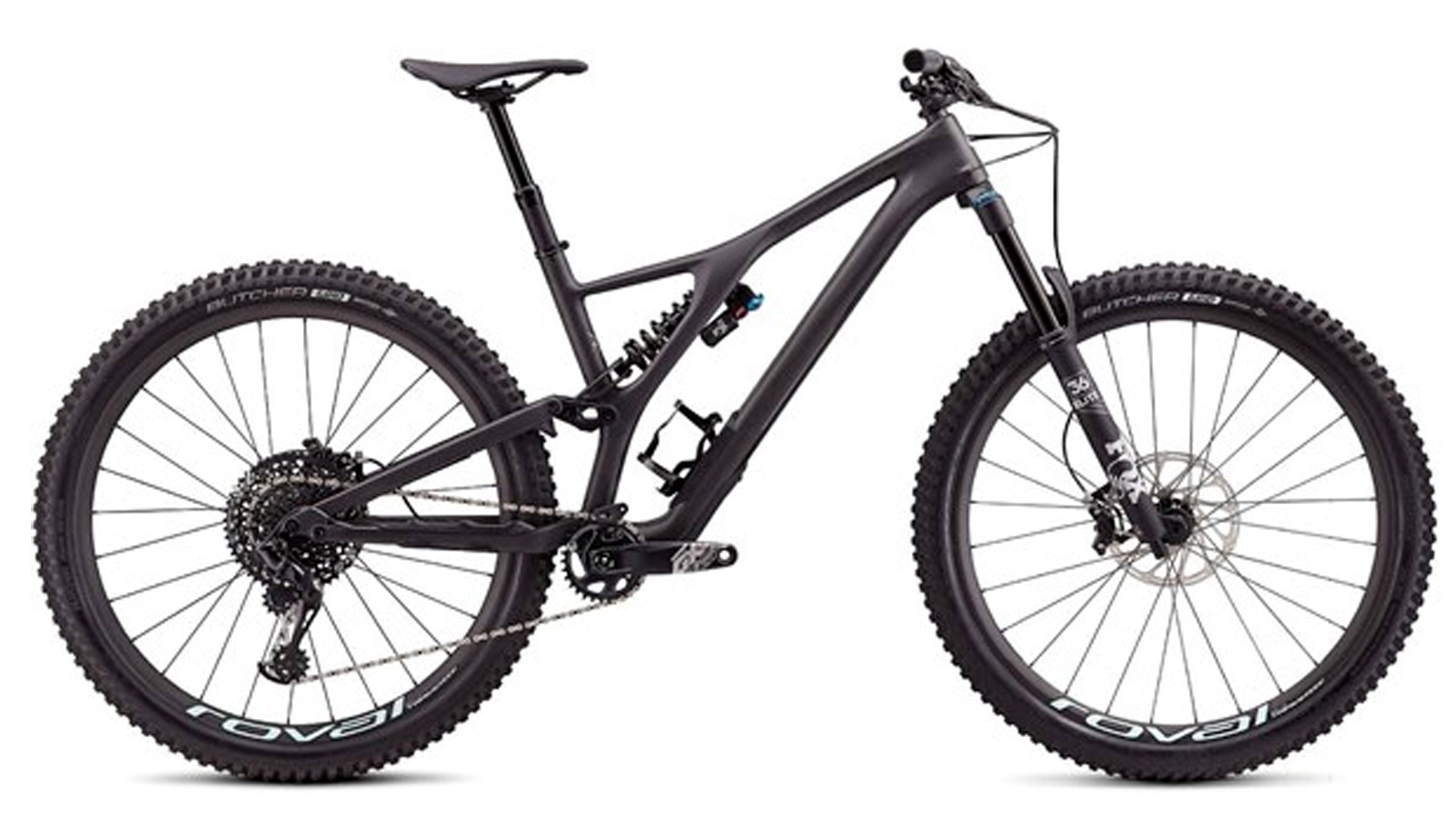
Stumpjumper EVO
Specifications
Reasons to buy
Reasons to avoid
Unlike the Epic EVO where Specialized took the same frame and swapped all the parts out for the go-fast version; the Stumpjumper Evo gets a unique frame and geometry with rear travel clocking in a 150mm for the 27.5" wheels and 140mm in 29er guise.
The EVO frame has a super slack 63.5-degree head angle and only comes in two sizes S2 and S3, the latter seeing a 490mm reach in the 27.5in version. This version of the Stumpjumper is designed to be rowdy, it's for the point and pray type of rider, and it doesn't pretend to be a versatile climbing bike.
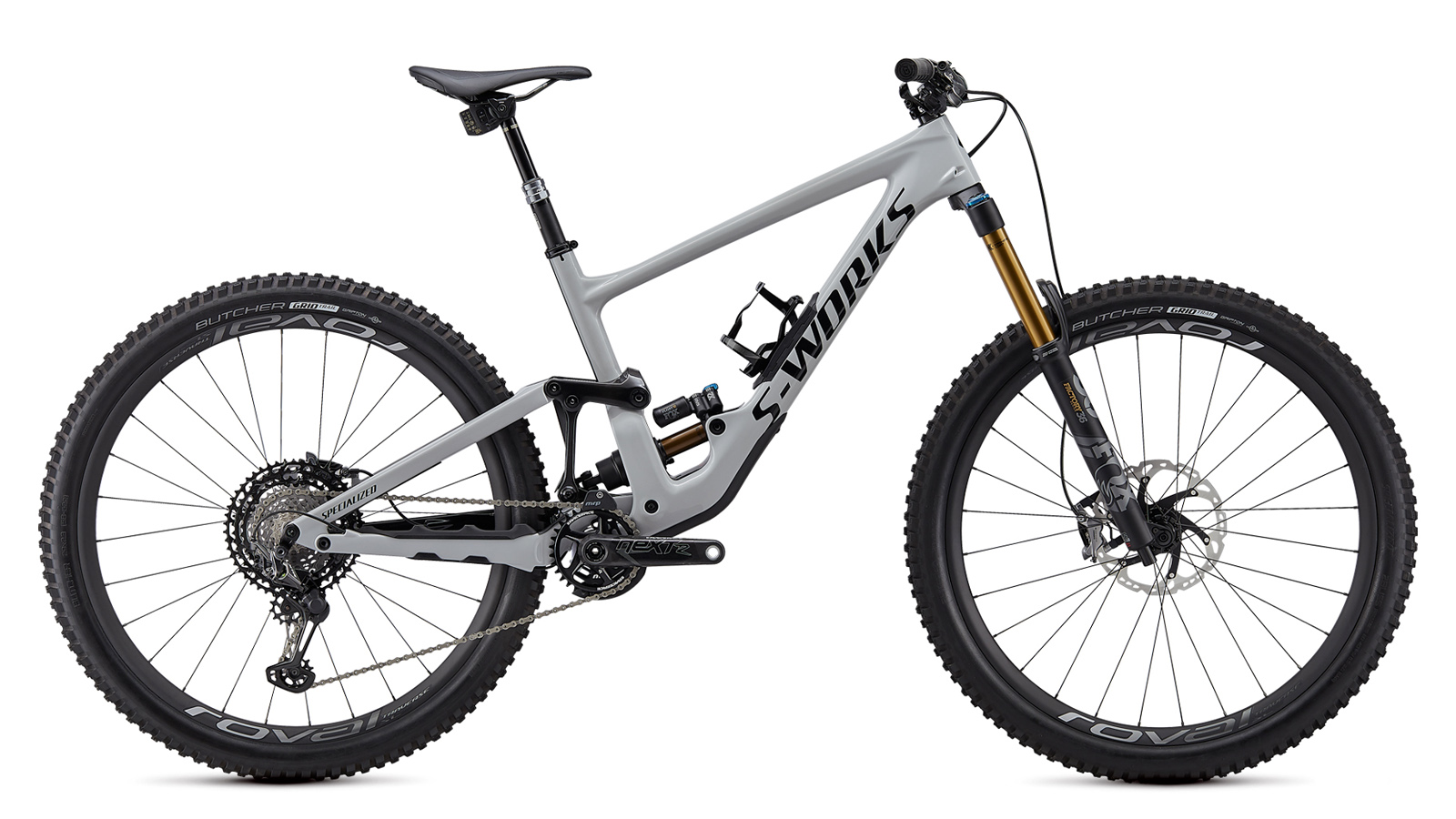
Enduro
Specifications
Reasons to buy
Reasons to avoid
With 170mm front and rear and 29in wheels, the Enduro is a BIG bike, even when compared to its predecessor. It borrows quite a lot from the Demo downhill bike, including the rear suspension design. This facilitates a rearwards axle path at the top of the stroke, allowing the rear wheel to skip over bumps without losing momentum.
The new Enduro has a higher anti-squat figure so it doesn't wallow down into the travel as you climb, but with that said, the seat angle could probably stand to be a touch steeper. Hidden inside the downtube is the SWAT box and there's also a multi-tool which slots into the steerer like the OneUP EDC. Specialized is also offering the Enduro in their S sizing which prioritises reach over figures like top tube or seat tube length.
Specialized downhill mountain bikes
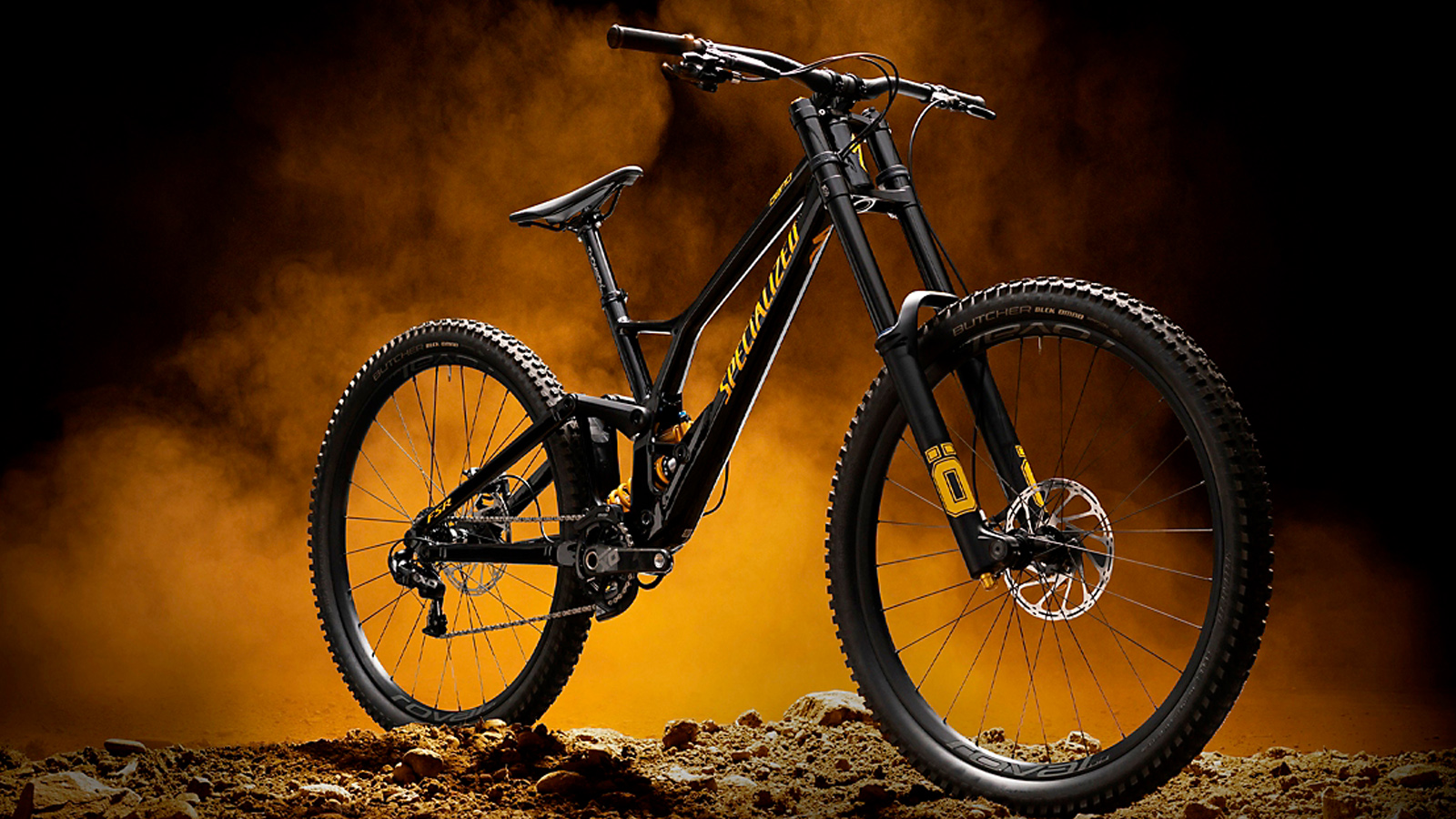
Demo
Specifications
Reasons to buy
Reasons to avoid
In the season it was launched, the latest Demo earned itself the Downhill World Championship and World Cup overall wins, a tall order for any bike. Beyond more significant rolling stock, Specialized utilized a more rearward axle path at the top of the stroke to reduce the rear wheel getting hung up on square edges at speed. The big red S also worked to reduce brake jack when you drop the anchors — when your weight lifts slightly under braking and the suspension to keep as much weight on the tires for more control.
While downhillers don't pedal a whole lot, Specialized upped the anti-squat so when sneaking in a few pedals strokes it's not all lost to bob. The new shock and linkage design also keep the centre of gravity lower and forward and helps to isolate the rear shock from side loading to limit wear and tear.
According to Specialized with the new leverage curve, a shorter head tube and 350mm bb height Specialized think they have found the golden ratio of stability and agility.
Specialized E-MTB
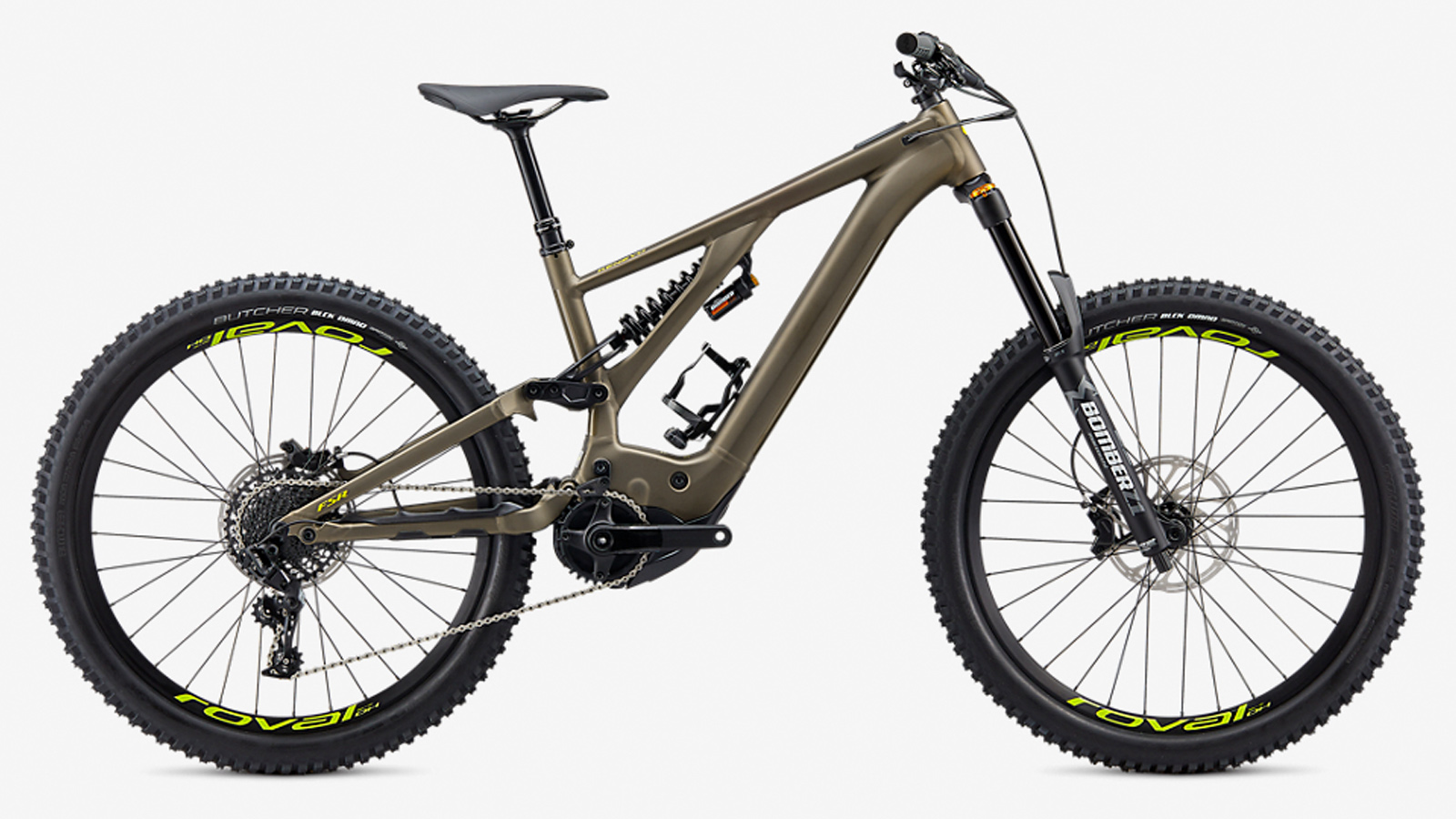
Turbo Kenevo
Specifications
Reasons to buy
Reasons to avoid
We are big fans of e-MTB's because they are a blast to ride, but we would argue an e-DH bike is the best possible use for the technology because you can get all your gravity-fueled fun without the need for a shuttle or chairlift.
Rolling on 27.5in wheels, Turbo Kenevo has 180mm of suspension front and rear and a dual crown fork. Nestled in the bottom bracket is the Specialized Kenevo Turbo 2.1 motor, which was designed in collaboration with Brose; said to be 400g lighter and 15-per cent smaller than the previous model with an output of 250 watts (560-watt peak power) and 90nm of torque. In the down tube is a removable 504-watt hour battery that locks into place with six bolts.
The frame uses a sidearm design similar to the Demo, and there is room for a water bottle in the main triangle, even with the 700Wh battery integrated into the down tube. The bike sees the Turbo Connect Unit on the top tube to control the motor and can be used in conjunction with the Mission Control app which allows for smart control; you can set a duration or distance and the bike will regulate power used by the motor to make it without running out of juice. With a dual crown fork and 180mm of travel, it should be no surprise this bike is long, low and slack, with a head angle of 64-degrees and the reach of the smallest size of 520mm — Specialized has also employed its 'S' reach-based sizing.
- Best e-MTB 2020: our pick of the best e-mountain bikes available this year
- Tazer MX is Intense's ultimate e-MTB
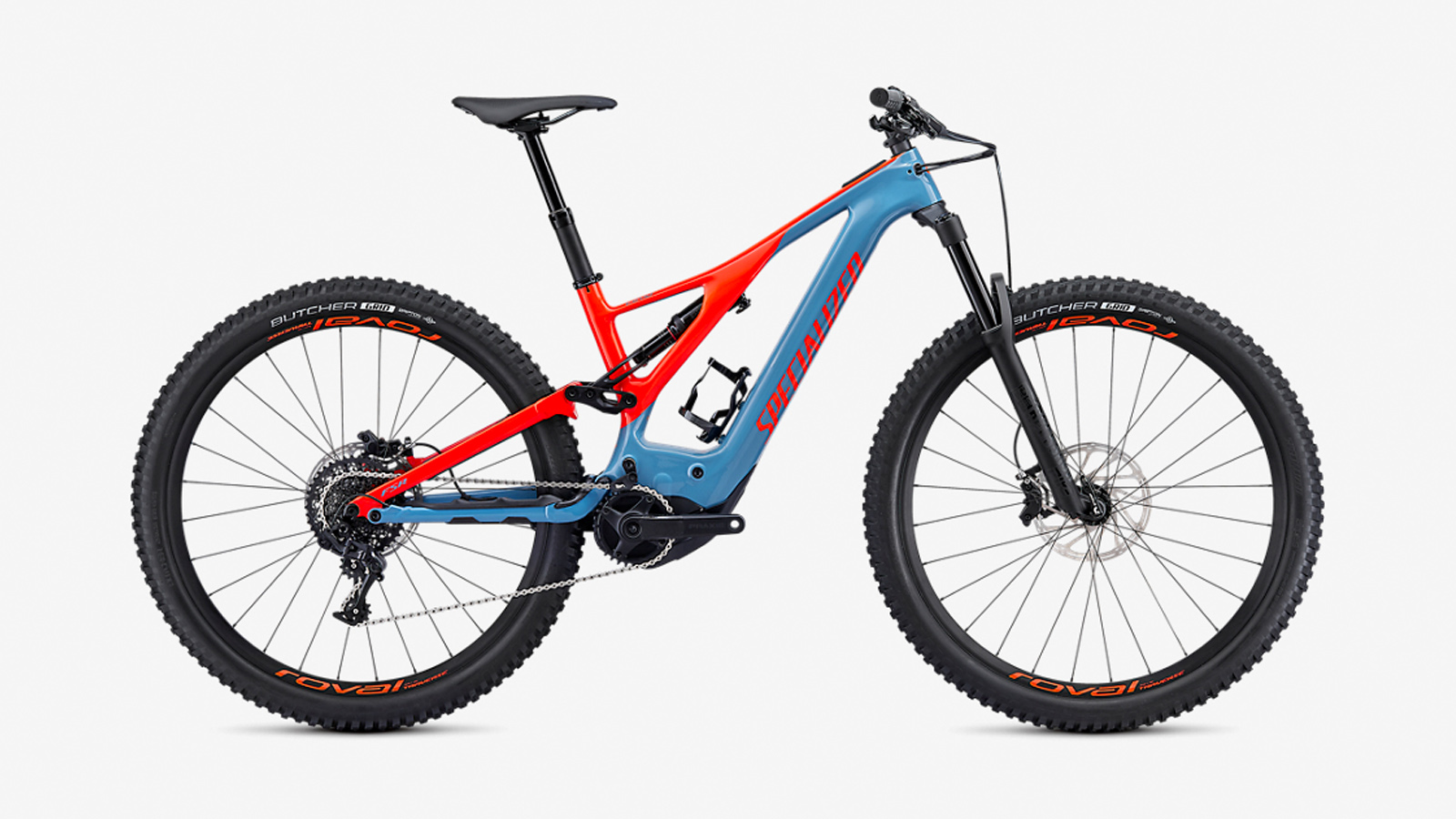
Specifications
Reasons to buy
Reasons to avoid
In the last few years, e-MTB's have come a long way from the overly long and heavy beasts they started as, and now we have pedal-assist mountain bikes that actually feel like mountain bikes. This year's model sees a new quieter, more powerful 90nm Brose motor with a peak output of 560watts, powered by a 700wh battery. The motor is operated with the same system as the Kenevo and is fully Mission Control app-enabled.
The frame is based around Specialized's sidearm design and features 150mm of front and rear wheel travel, the geometry is very similar to the Stumpjumper 29, with 10mm of extra reach and longer chainstays to accommodate the motor.
Of all the e-MTB's we've ridden to date, its one of the most capable, feeling light like a regular mountain bike on descents, with the extra weight helping the bike track a bit straighter through loose descents. When you get to the bottom, the motor kicks in to help you work your way up, it's dead silent, and there is no abrupt power cut off like previous iterations of the motor.
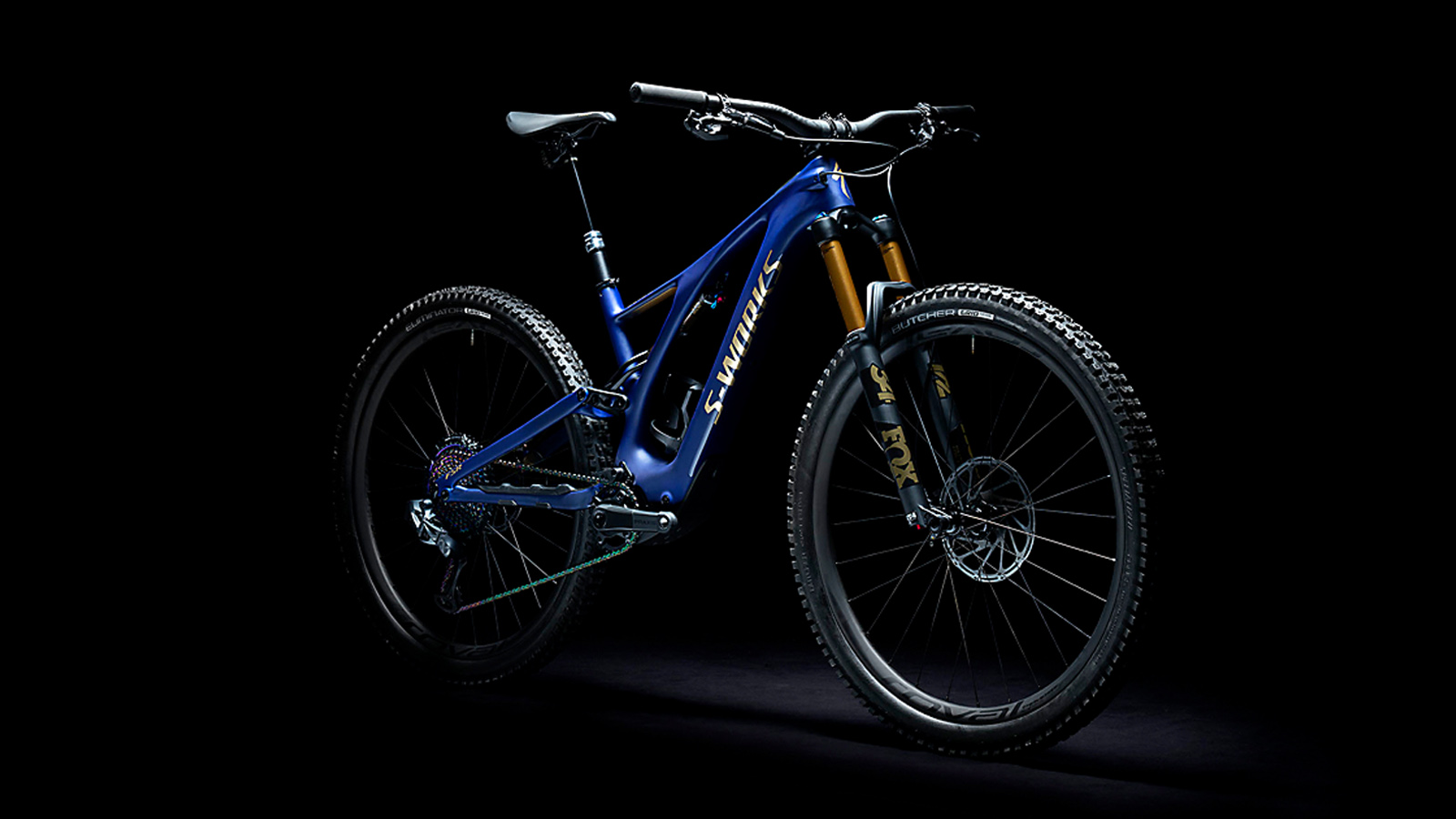
Specifications
Reasons to buy
Reasons to avoid
The Turbo Levo SL is essentially a lighter version of the Turbo Levo, in fact, it's about 4kg lighter.
Specialized achieved this weight saving but slotting in the SL 1.1 motor which is also on the Creo SL e-road bike. This drive unit puts out 240 watts with 35nm of torque and relies on 320Wh battery integrated into the downtube — there’s also a range extender which slots into a bottle cage. Other than that, it's identical, the geometry is the same, and so is the travel.
But with less weight, it's easier to finesse the bike through tight trails and can be less of a handful to reign back in when the trail gets buck wild.
Specialized range explained
Specialized offers each model in a hierarchy of component build using the labels, Sport, Elite, Comp, Expert, Pro and of course the veritable S-Words.
'Sport' level bikes occupy the entry-level with an aluminium frame and budget components, and each successive level features higher quality parts and aluminium and eventually different grades of carbon fibre used throughout the frame.
Men's and Women's bikes
For many years Specialized offered Women's specific frames; however, the brand has since ditched this practice, citing Retul fit findings that showed there is often a greater variance between two riders of the same gender than between a man and a woman.
Specialized still offers women's versions of its bikes; these will only differ from the unisex version in the touchpoints, and there may also be a lighter shock tune.
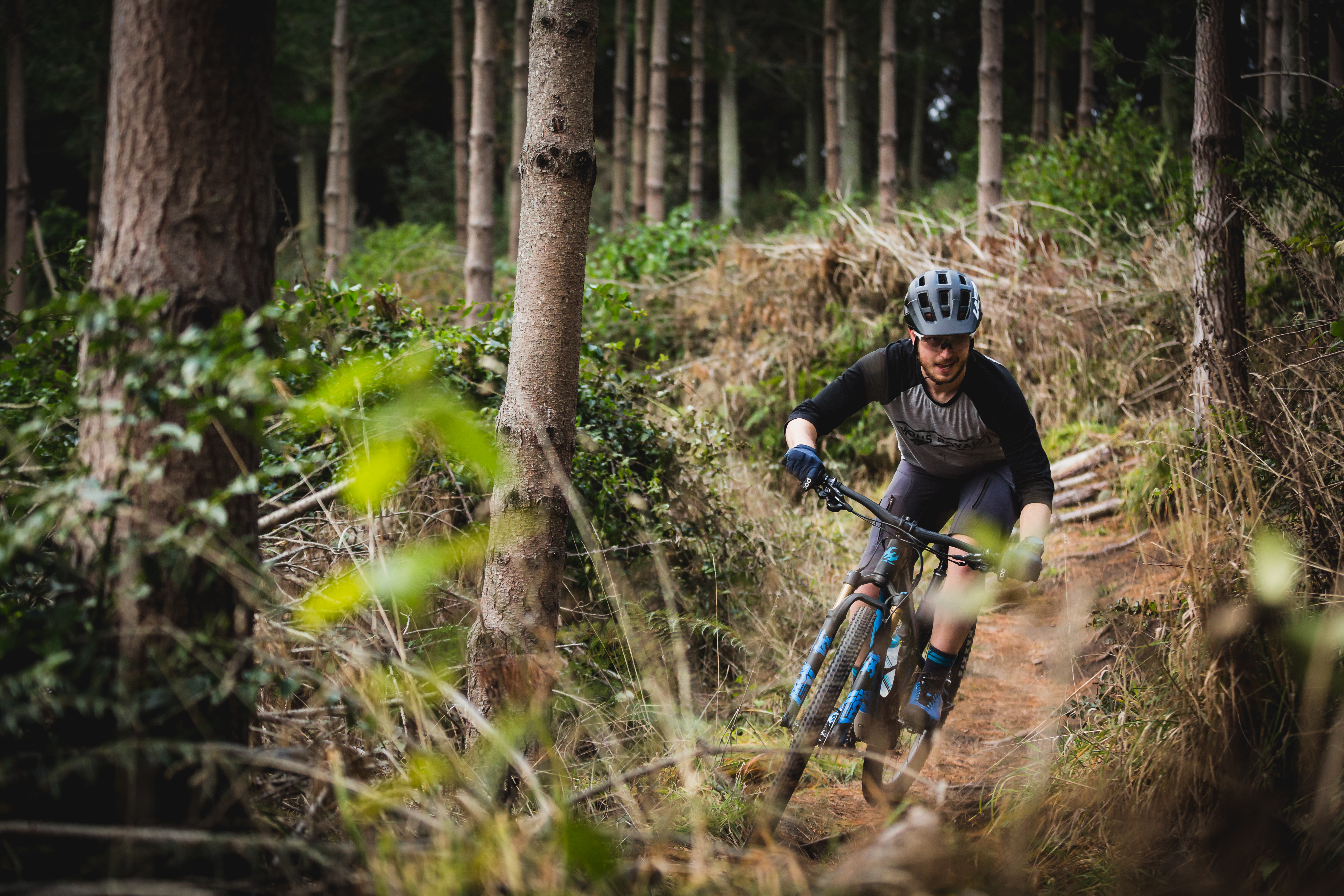
Born and bred in Colorado, and now based in Australia, Colin comes from a ski racing background and started riding as a way to stay fit through the summer months. His father, a former European pro, convinced him to join the Colorado State University collegiate cycling team, and he hasn't stopped since. It's not often he pins on a number nowadays, and you'll likely find him in search of flowy singletrack, gravel roads and hairpin corners. Colin has worked at Bikeradar and is a regular contributor to Australian Mountain Bike and Cyclist magazines.
Rides: BMC Team Machine SLR01, Trek Top Fuel 9, Ibis Ripley
